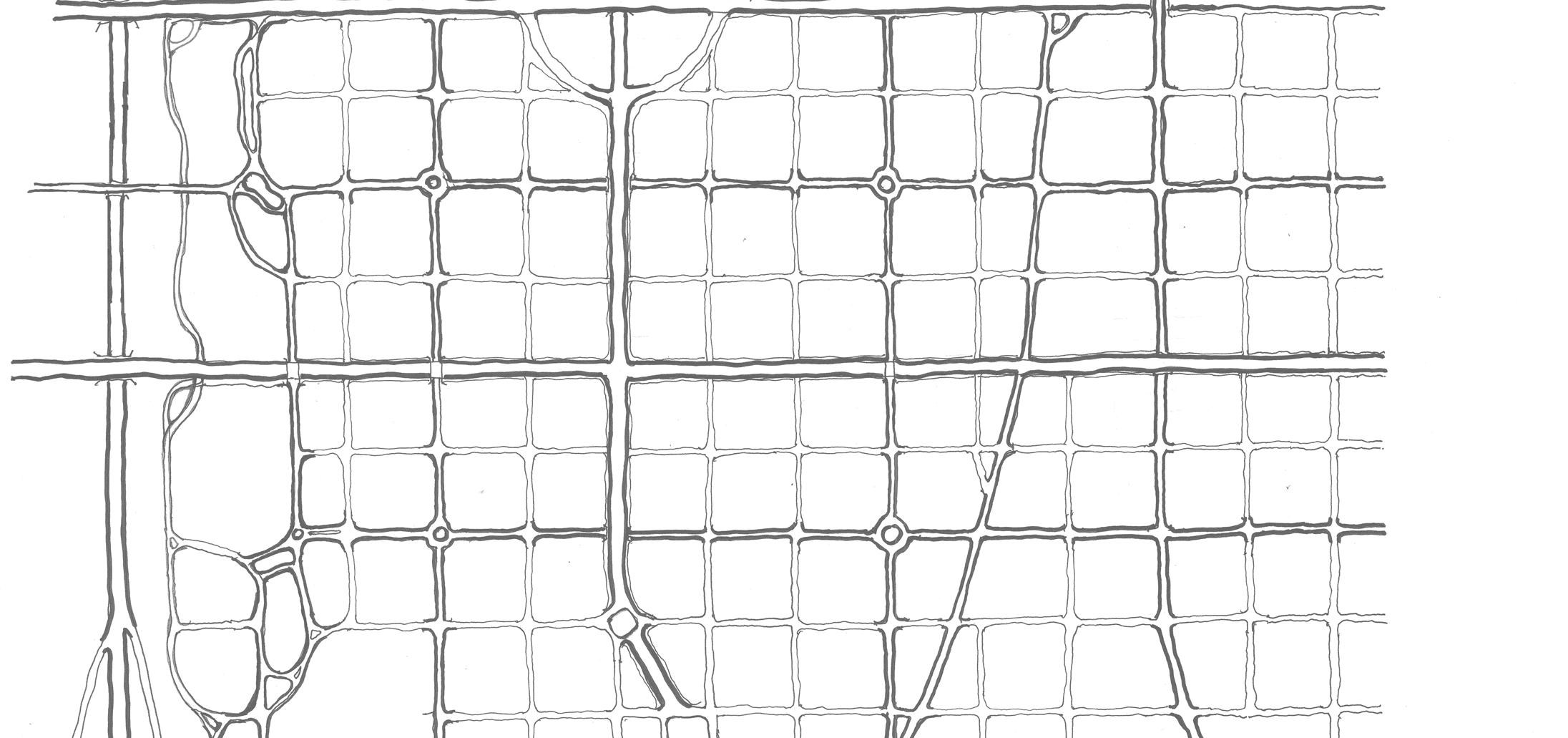The $12.6M New Berth 301 project will eliminate millions of truck miles and create 800 full time jobs.
Federally funded grants are one of the most effective means to help local governments modernize transportation and, in turn, spur economic growth, improve safety, and increase access to essential goods and services. Our talented team of integrated planners have assisted many local governments and municipalities in all aspects of grant writing, management, strategy, and monitoring. Earlier this year, Project Manager Amanda Chornoby, AICP co-led and -submitted a winning $12.6M Rebuilding American Infrastructure with Sustainability and Equity (RAISE) grant for a New Berth 301 at Port Tampa Bay, FL!
The New Beth 301 was among the 166 infrastructure projects to receive the latest round of RAISE grants announced by the US Department of Transportation on August 11, 2022. The project will construct a new Berth 301 at the Port Redwing facility, and it will connect Berths 300 and 302 with a 1,025-foot dock. The new berth will be capable of docking three of the largest dry bulk/multi-purpose cargo vessels simultaneously, supporting numerous industries to include food and agriculture, project cargo, phosphate, and cement. The top benefits and outcomes of this project will include:
Eliminating almost three million truck miles, which will cut emissions, reduce roadway wear and tear, and lower crash rates;
Increase the efficiency of shipping, which will help calm supply chain issues;
Creating more than 800 full time jobs;
Expanding a two-ship to a three-ship, 5M+ ton facility.
Grant Expertise
To date, Amanda has helped Port Tampa Bay secure over $30M for critical infrastructure projects.
The Berth 301 project marks that second winning federal grant that Amanda has helped secured for Port Tampa Bay. Previously, they won a 2020 Infrastructure for Rebuilding America (INFRA) grant for $19.8 Million for a container yard project. For these efforts, Amanda has worked with Port Tampa Bay to develop a robust “win” strategy, build support from municipalities and stakeholders to champion the application, guide data analysis efforts, and draft well-organized, persuasive application content that speaks to federal program objectives with a storytelling streak. Amanda’s track record of successful grant applications stems from her knowledge of federal funding, strong project management skills, and technical knowledge of intermodal and multimodal systems in the Tampa Bay region.
“Federal grant applications require a true understanding of grant criteria,” says Amanda. “At Renaissance, we believe in the power of storytelling and aim to make sure grant projects are backed by sound data analysis but yet also are clear in their equity and sustainability goals to benefit their communities”
We are proud of Amanda for her key contributions in advancing critical infrastructure projects. The whole Renaissance team is excited to support more governments in receiving the funds they need to achieve local and regional goals – and improve the quality of life for their constituents.
















